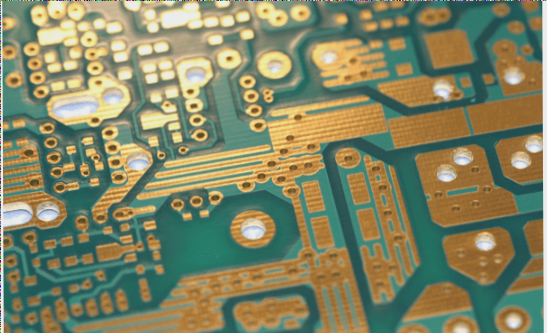The PCB board cleaning method for blind hole boards is electric brush cleaning. This method involves using a long rotating brush that is placed horizontally in contact with the PCB surface. The brush is made of short, hard nylon wool embedded with silicon carbide particles. As the PCB moves under the brush, the brush moves in the opposite direction of the PCB, grinding the dirt on the surface and creating a thin layer on the PCB surface.
Flushing water is used to lubricate and cool the brushes while removing contamination. The main advantage of mechanical cleaning is its ease of use and lower cost compared to other cleaning methods. It is the most effective and economical way to quickly clean a large number of boards. The cleaning equipment needs to have a compact structure, require small space, and not need monitoring or chemical agents for configuration.
These cleaning techniques are only suitable for cleaning the electroplating pattern of the laminate or plated solder film before the primary pattern is formed. They cannot be used after any components are assembled due to the nature of the grinding process.
While this cleaning method is convenient and cost-effective, it does have its drawbacks. It may remove too much metal surface, especially at the edges of drilled holes where the pressure of the brush is greatest. This can cause the tool mark to deviate from the alignment point. Flexible materials like polyimide are also susceptible to damage from the brush, especially around bends.
Flushing water is used to lubricate and cool the brushes while removing contamination. The main advantage of mechanical cleaning is its ease of use and lower cost compared to other cleaning methods. It is the most effective and economical way to quickly clean a large number of boards. The cleaning equipment needs to have a compact structure, require small space, and not need monitoring or chemical agents for configuration.
These cleaning techniques are only suitable for cleaning the electroplating pattern of the laminate or plated solder film before the primary pattern is formed. They cannot be used after any components are assembled due to the nature of the grinding process.
While this cleaning method is convenient and cost-effective, it does have its drawbacks. It may remove too much metal surface, especially at the edges of drilled holes where the pressure of the brush is greatest. This can cause the tool mark to deviate from the alignment point. Flexible materials like polyimide are also susceptible to damage from the brush, especially around bends.


